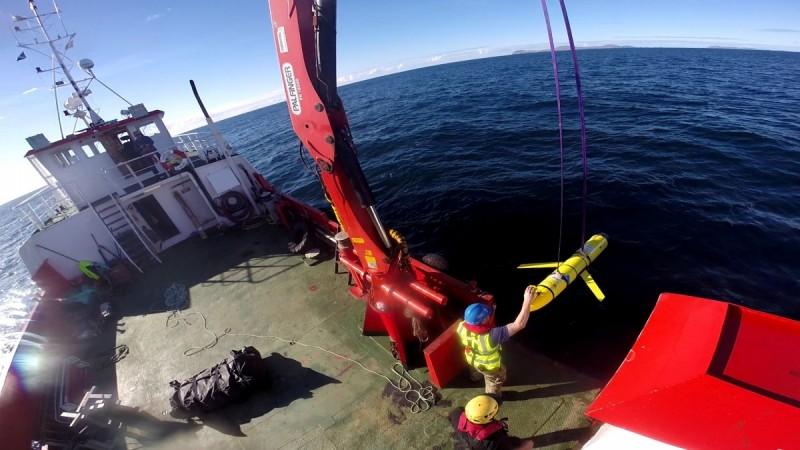
Inventors have always been inspired by real-life aquatic animals and birds on how they use wind or water to travel. And if you are making a stealth ship, what better way than to imitate the movement of undersea marine creatures. This is what scientists at Indian Institute of Technology Madras (IIT-Madras) have done.
The IIT-Madras scientists have developed a real life-inspired propulsion system for underwater drones or unmanned underwater vehicles (UUV). These include fin-like blades inspired by penguins, turtles and fishes and whiplash-like rudders.
According to the Times of India, the underwater vehicles will be able to navigate like the aquatic animals without creating any disturbance, thus incorporating a natural stealth feature, making them hard to be detected.
The IIT-Madras team was inspired by two aquatic animals – penguins and fish, since they have better hydrodynamics and cause less disturbance in water, said P Krishnankutty, Professor at IIT Madras' Department of Ocean Engineering.
Thus, there are two propulsion systems – penguin-inspired and fish-inspired.
The penguin-inspired propulsion system features two fins which "use the pressure difference between the upper and the lower surface of the fins to generate propulsion, rotating and swinging to move forward," said M N Praveen Babu, research scholar.
The fish-inspired propulsion system has two fins near the fore end and a tail fin. "Both the pectoral and tail fins help propel and manoeuvre but the tail fins give larger thrust," Babu added.
Further, the propulsion and rudder systems were tested in different sizes and varying speed. "We tested several parameters including self propulsion, thrust force, flapping amplitude, flapping frequency, forward speed, lift and drag," Babu said. These devices had an efficiency of 80 percent in comparison for the 65 percent on an average.
Advanced countries like the US, Japan and China have already started research in such bio-inspired propulsion systems.








